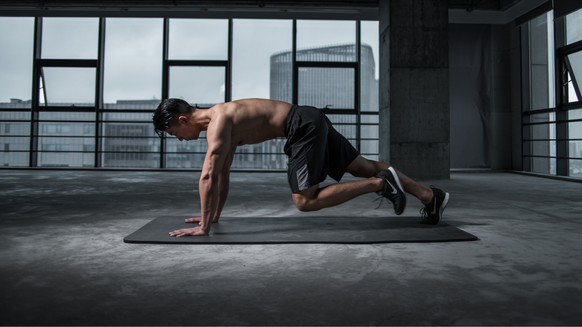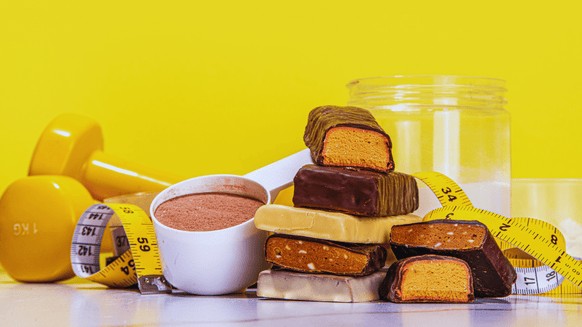What is Vinyasa Yoga? | An Introduction

What is Vinyasa Yoga?
There are many different types of yoga, but Vinyasa yoga involves a ‘flow’ from each pose to the next. It differs from other forms of yoga as others typically involve tutor coaching individuals through the details of each pose, whereas Vinyasa involves ‘flowing’ directly from one pose into the next with no interruption.
This method essentially leads participants to have a more physically demanding session, making it a good choice for low impact mobility and strengthening of muscles – ideal for a lighter session or ‘active recovery. Due to the higher demands of this style of yoga, it is generally recommended that beginners take their time to learn the poses prior to participating in a Vinyasa Flow session, as it may otherwise prove to be too demanding.
Where does Vinyasa originate?
Vinyasa yoga is a modern style of yoga, derived from the Ashtanga Vinyasa Yoga tradition. Vinyasa can be interpreted in a few different ways, but it basically means ‘special way’, special order’ or ‘with attention’ – i.e. move your body in a specific way with attention.
This style of yoga has been developed over decades by practitioners who believe that yoga should be specific to the needs of every individual person.
What are the benefits of Vinyasa Yoga?
1. Vinyasa is great for beginners
While this method is often associated with higher intensities, it can be easily tailored to meet the needs of each individual person. Vinyasa yoga can be done slower, with greater emphasis on technical execution, which is great for helping beginners to become familiar with different poses. Additionally, it can help to build a foundation of strength and mobility that will be useful when progressing to more difficult sessions.
2. Vinyasa Yoga can be used for recovery
If you’re more the type to hit the gym and take your usual rest days, maybe consider some yoga during your down time. It’s important to get some activity in, even on rest days. Taking a slower session of Vinyasa yoga may prove to be a great asset to the rest of your training, helping you achieve greater mobility and stability in your muscles, all building to that next PB.
3. Vinyasa provides a low impact way of getting your heart rate up
We all know how important it is for our health to regularly get our heart rate up. Doing so via whatever your preferred method of exercise is can help to significantly reduce the risk of things like heart disease. Vinyasa flow allows you to move through challenging postures, facilitating physiological adaptations, and elevating your heart rate, all while minimising impacts that may otherwise be a limiting factor if you suffer from joint pain.
4. It provides a great outlet for meditation
Meditating can help to manage symptoms of anxiety and reduce stress levels. Focusing on your breathing as you go through your Vinyasa yoga session may help to clear your mind, allowing you to come out of the session with a more positive and peaceful mindset. Reducing stress can impact your recovery from other training sessions, allowing your body to recuperate more efficiently.
5. It’s fun
As simple as it sounds, it is a fun way to move your body, and this in turn helps with retention, meaning you’ll be more likely to want to do it again in the future (and moving your body is never a bad thing!). Enjoying your exercise means you’ll be more inclined to do it more frequently, and thus be more likely to form a social circle within the activity and you’ll reap the fitness rewards much faster too.
To get you started, why not take a look at our 35-Minute Vinyasa Flow Yoga video with Claudia Mirallegro?
35-Minute Vinyasa Flow Yoga
What to expect
Vinyasa yoga is beginner-friendly, but it can also be quite challenging depending on what level of fitness you’re starting from. Expect a bit of a challenge and maybe a bit of muscle soreness in the following days as your muscles adapt to the new stimulus.
Finding a space
Find an open area – a yoga mat isn’t absolutely essential, but it helps to provide a bit of padding between you and the floor. Try to find a space that allows you to lie down without restriction and without any hazards like objects in the near vicinity.
Useful equipment for your vinyasa session
Equipment that may make your session easier or more enjoyable include a yoga mat to cushion yourself from a hard floor, yoga blocks, and comfortable clothing that’s suitable for the activity. Beyond that, just enjoy yourself!











